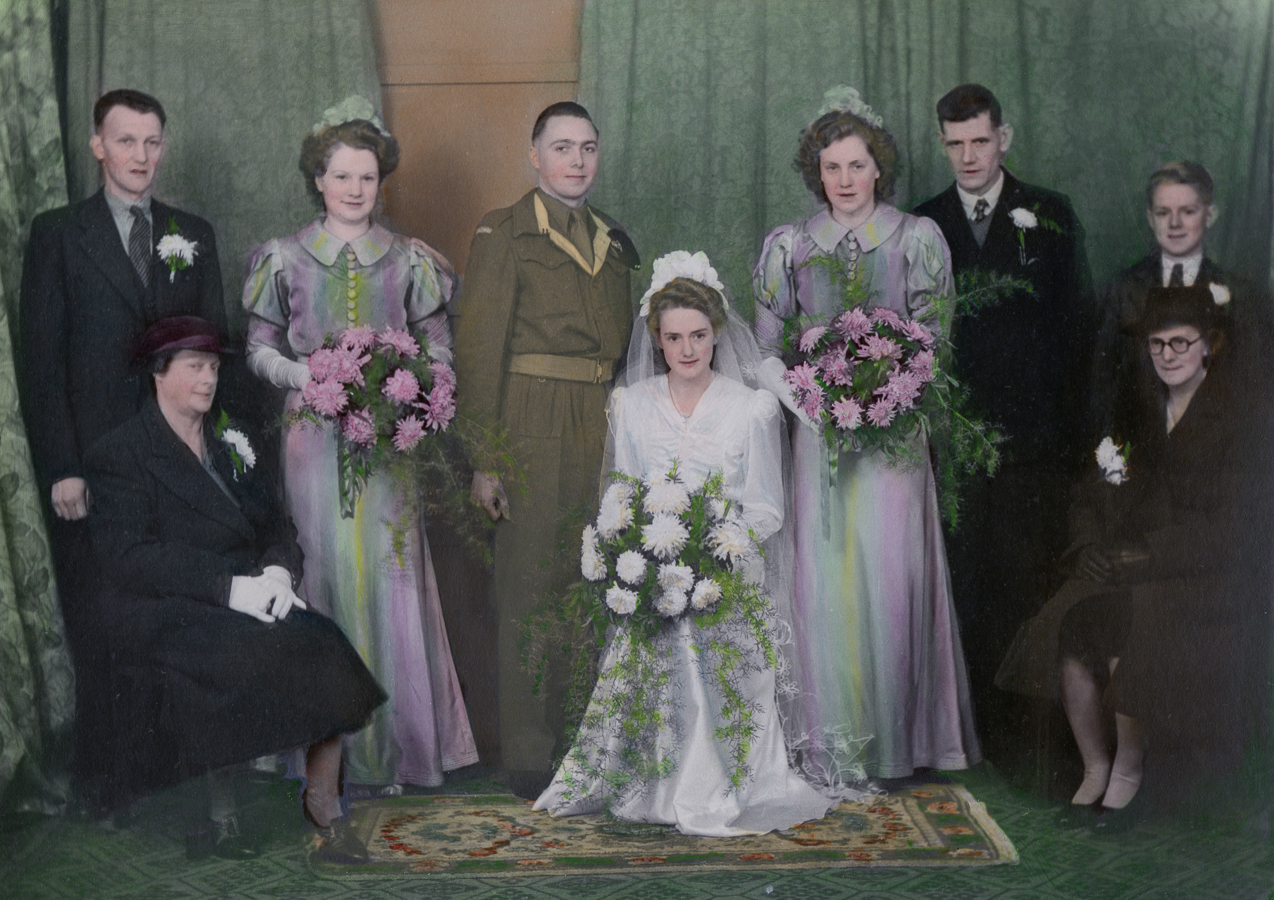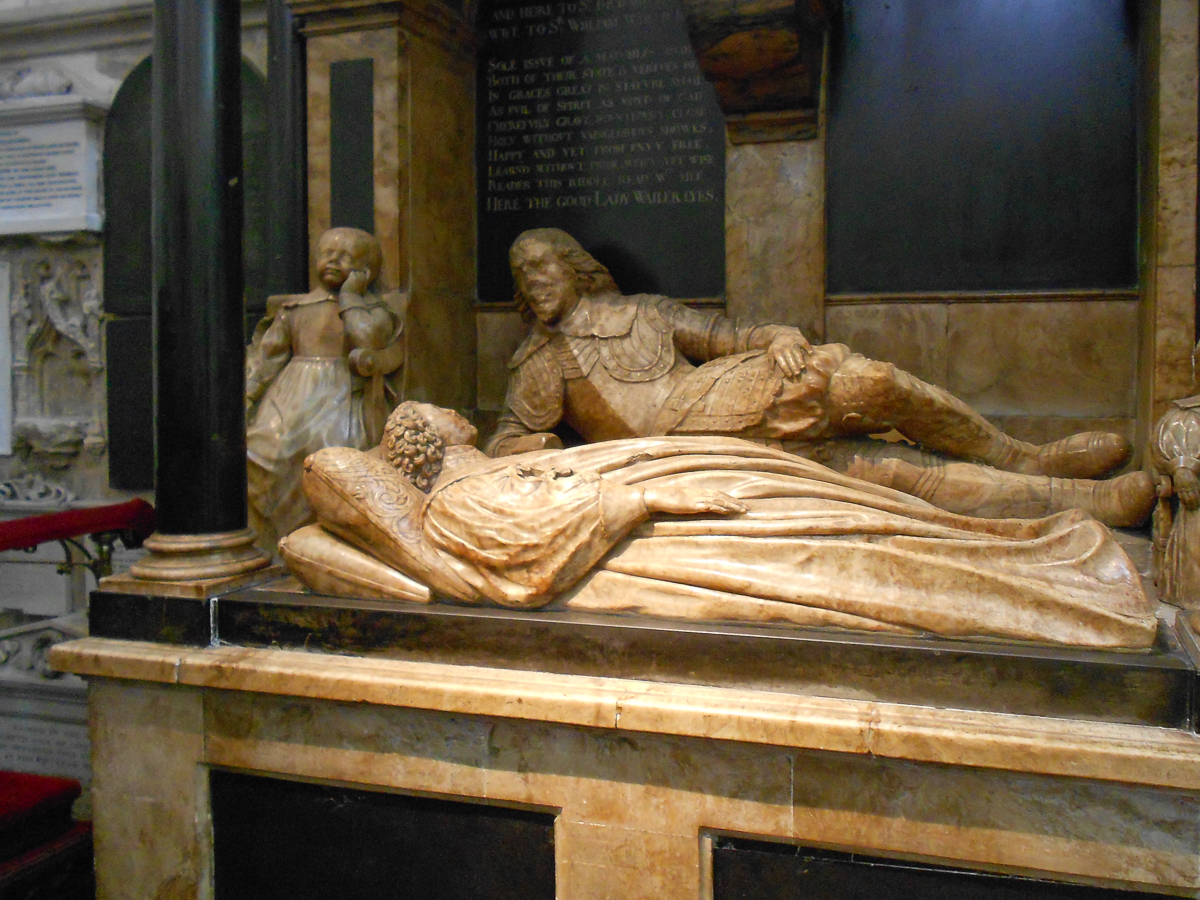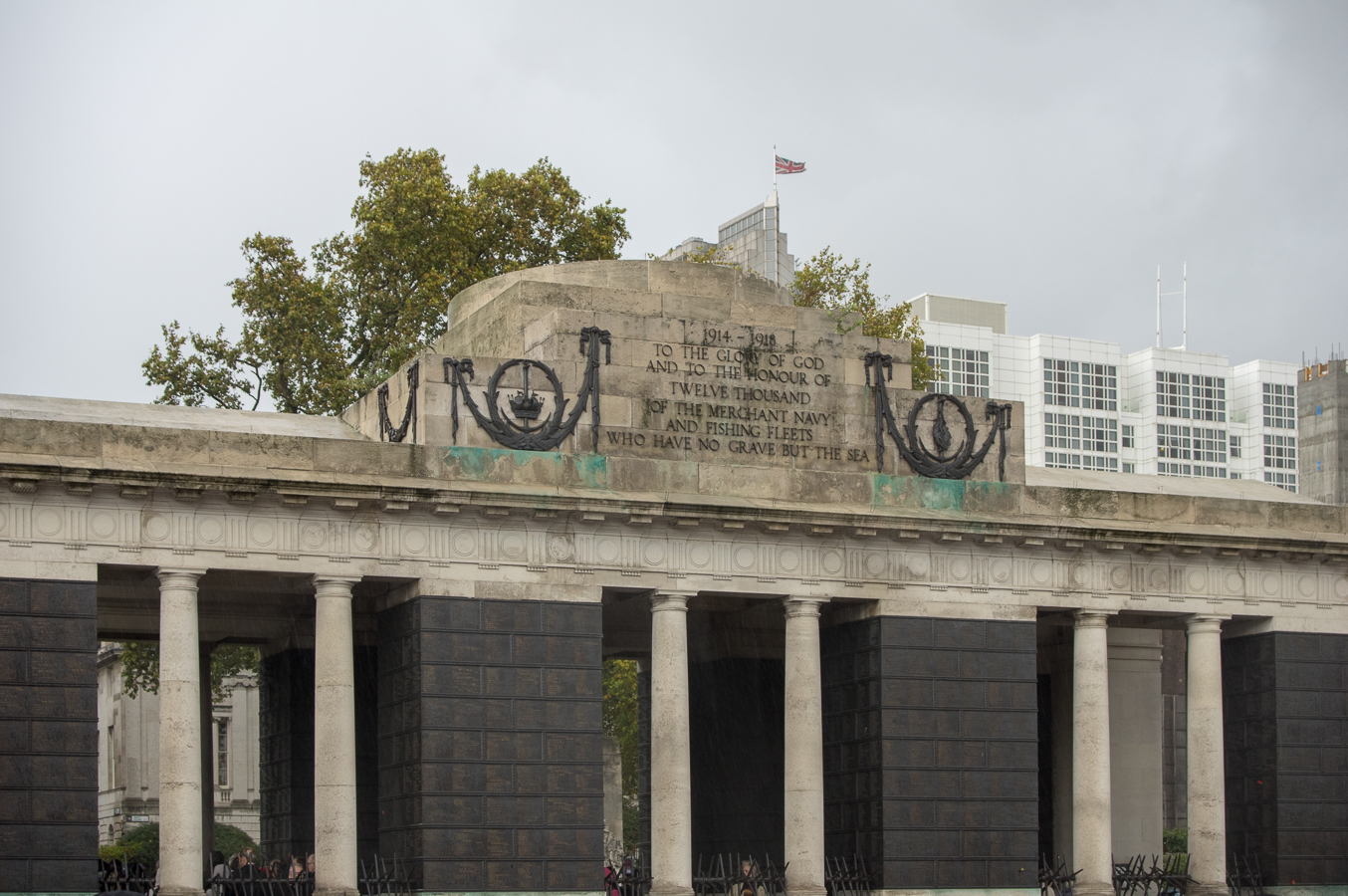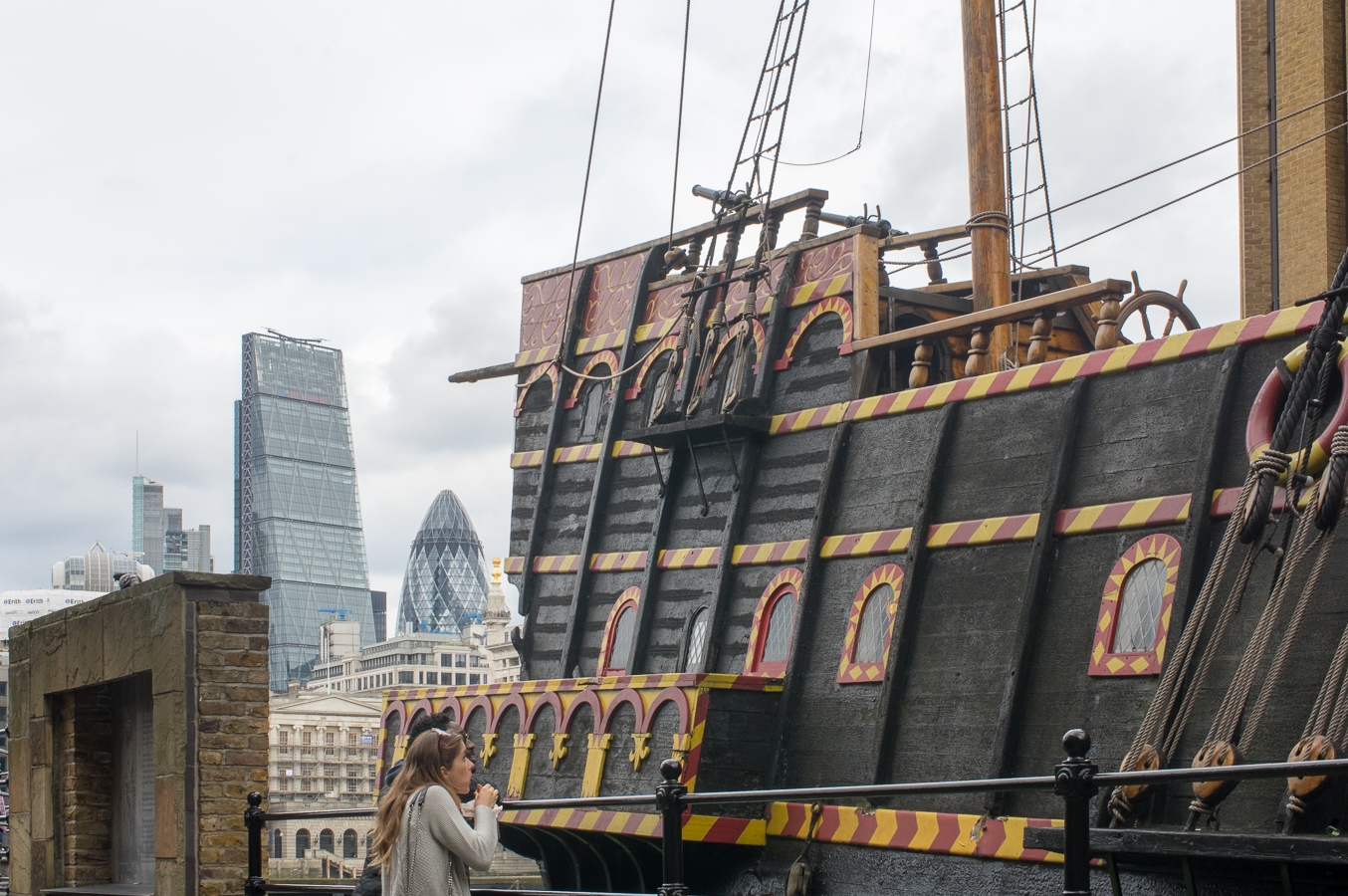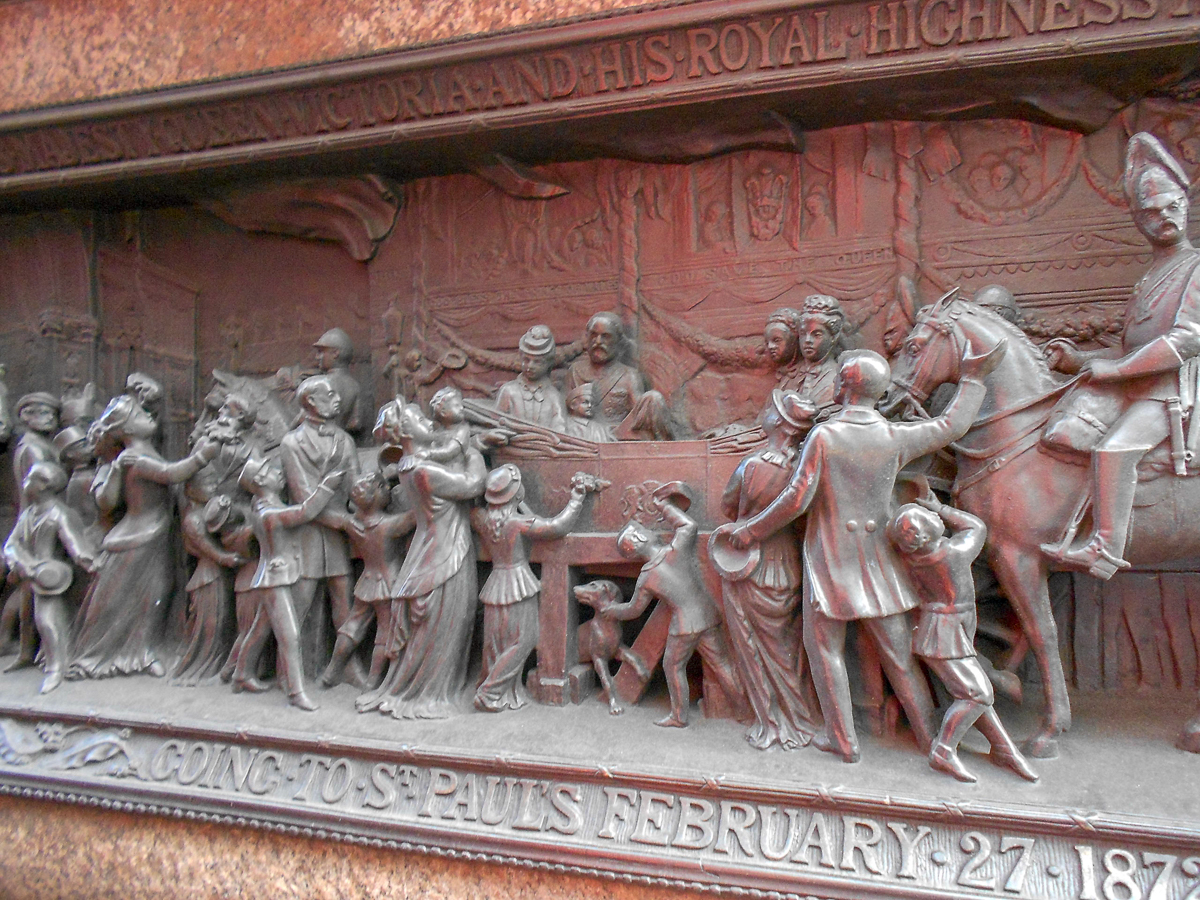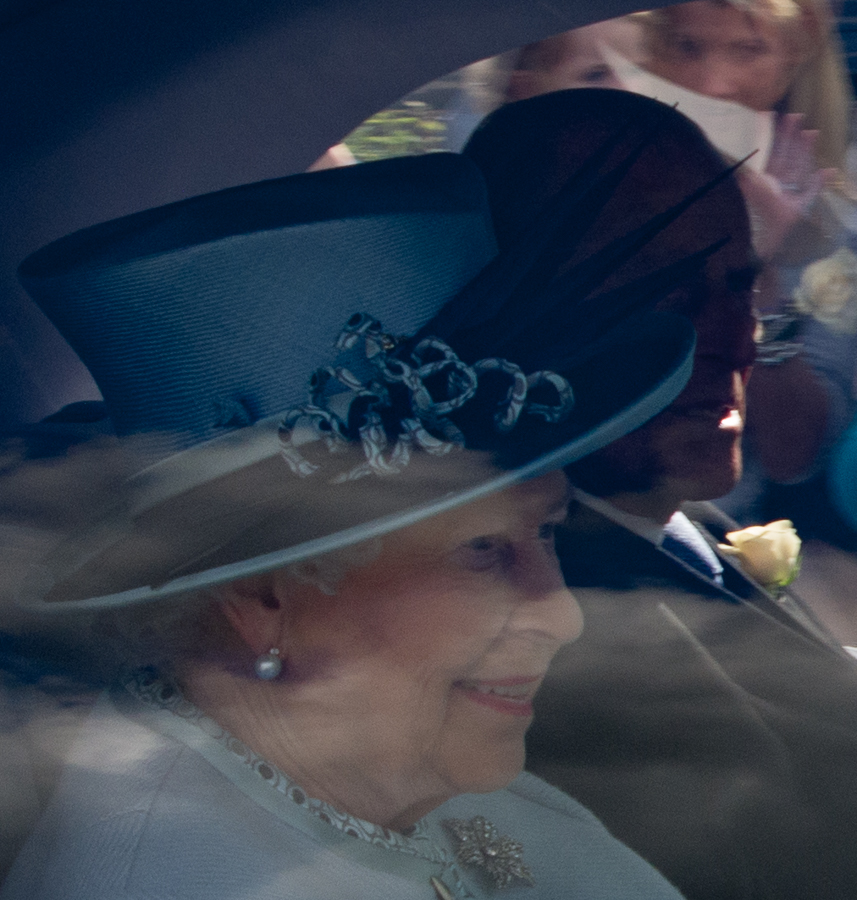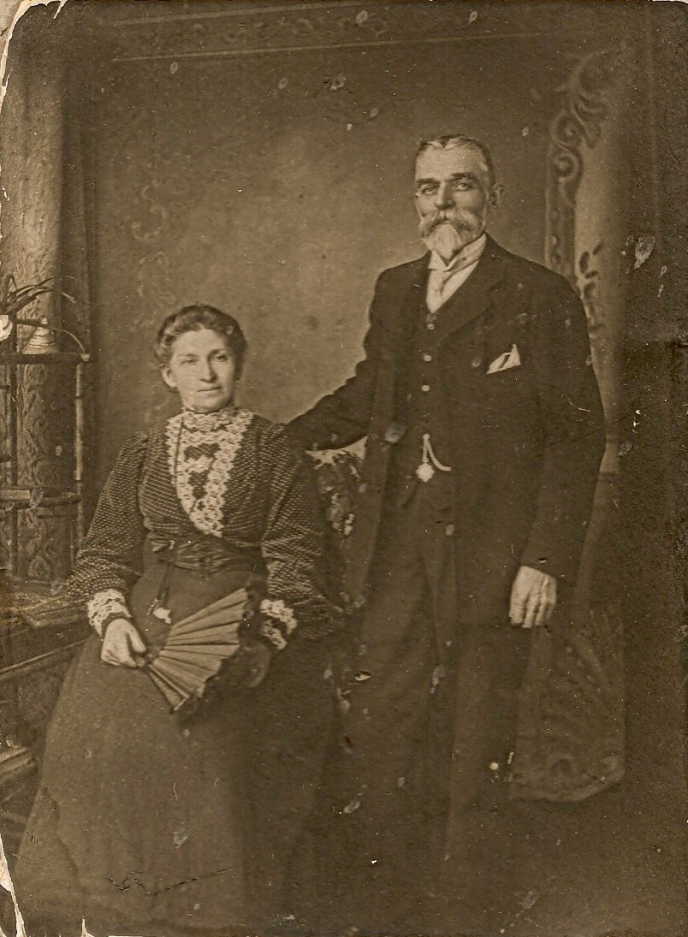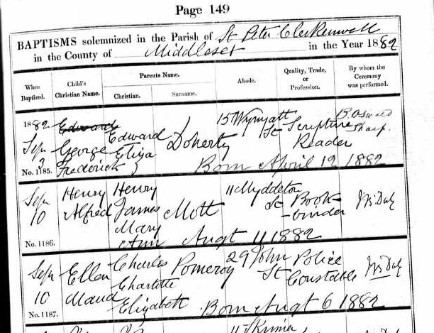French Kings
The monarchs of the Kingdom of France ruled from the establishment of the Kingdom of the West Franks in 843 until the fall of the Second French Empire in 1870, with several interruptions. Between the period from King Charles the Bald in 843 to King Louis XVI in 1792, France had 45 kings. Adding the 7 emperors and kings after the French Revolution, this comes to a total of 52 monarchs of France.
In August 843 the Treaty of Verdun divided the Frankish realm into three kingdoms, one of which (Middle Francia) was short-lived; the other two evolved into France (West Francia) and, eventually, Germany (East Francia). By this time the eastern and western parts of the land already had different languages and cultures.
The Capetian dynasty, the male-line descendants of Hugh Capet, included the first rulers to adopt the title of 'King of France' for the first time with Philip II (r. 1180–1223). The Capetians ruled continuously from 987 to 1792 and again from 1814 to 1848. The branches of the dynasty which ruled after 1328, however, are generally given the specific branch names of Valois (until 1589) and Bourbon (from 1589).
The below is a direct lift from Wikipedia, with thanks.
Carolingian dynasty (843–888)
The Carolingian dynasty was a Frankish noble family with origins in the Arnulfing and Pippinid clans of the 7th century AD. The family consolidated its power in the 8th century, eventually making the offices of mayor of the palace and dux et princeps Francorum hereditary and becoming the real powers behind the Merovingian kings. The dynasty is named after one of these mayors of the palace, Charles Martel, whose son Pepin the Short dethroned the Merovingians in 751 and, with the consent of the Papacy and the aristocracy, was crowned King of the Franks.[5] Pepin's great-grandson Charles the Bald was king at the time of the Treaty of Verdun (843) (for earlier rulers, see List of Frankish kings).
| Portrait | Name | King from | King until | Relationship with predecessor(s) | Title |
|---|---|---|---|---|---|
 |
Charles II the Bald | August 843 (King of the Franks from 20 June 840) |
6 October 877 | • Son of Louis I the Pious | King of the Franks Emperor of the Romans (875–77) |
 |
Louis II the Stammerer | 6 October 877 | 10 April 879 | • Son of Charles II the Bald | King of the Franks |
 |
Louis III | 10 April 879 | 5 August 882 | • Son of Louis II the Stammerer | King of the Franks |
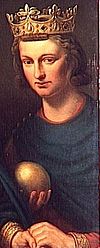 |
Carloman II | 5 August 882 | 6 December 884 | • Son of Louis II the Stammerer
• Younger brother of Louis III |
King of the Franks |
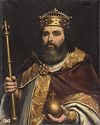 |
Charles the Fat | 20 May 885 | 13 January 888 | • Son of Louis II the German • Cousin of Louis III and Carloman II • Grandson of Louis I the Pious |
King of the Franks Emperor of the Romans (881–88) |
Robertian dynasty (888–898)
The Robertians were Frankish noblemen owing fealty to the Carolingians, and ancestors of the subsequent Capetian dynasty. Odo (Eudes), Count of Paris, was chosen by the western Franks to be their king following the removal of emperor Charles the Fat. He was crowned at Compiègne in February 888 by Walter, Archbishop of Sens.[6]
| Portrait | Name | King from | King until | Relationship with predecessor(s) | Title |
|---|---|---|---|---|---|
 |
Odo of Paris (Eudes) |
29 February 888 | 1 January 898 | • Son of Robert the Strong (Robertians) • Elected king against young Charles III. • Third Cousin of Louis II |
King of the Franks |
Carolingian dynasty (898–922)
Charles, the posthumous son of Louis II, was crowned by a faction opposed to the Robertian Odo at Reims Cathedral in 893, though he only became the effectual monarch with the death of Odo in 898.[7] He was deposed and died in captivity.
| Portrait | Name | King from | King until | Relationship with predecessor(s) | Title |
|---|---|---|---|---|---|
 |
Charles III or Charles the Simple | 28 January 898 | 30 June 922 | • Posthumous son of Louis II • Younger half-brother of Louis III and Carloman II |
King of the Franks |
Robertian dynasty (922–923)
| Portrait | Name | King from | King until | Relationship with predecessor(s) | Title |
|---|---|---|---|---|---|
 |
Robert I | 30 June 922 | 15 June 923 | • Son of Robert the Strong (Robertians) • Younger brother of Odo • Third cousin of Louis the Stammerer |
King of the Franks |
Bosonid dynasty (923–936)
The Bosonids were a noble family descended from Boso the Elder. A member of the family, Rudolph (Raoul), was elected "King of the Franks" in 923.
| Portrait | Name | King from | King until | Relationship with predecessor(s) | Title |
|---|---|---|---|---|---|
 |
Rudolph (Raoul) |
13 July 923 | 14 January 936 | • Son of Richard, Duke of Burgundy (Bosonids) • Son-in-law of Robert I |
King of the Franks |
Carolingian dynasty (936–987)
| Portrait | Name | King from | King until | Relationship with predecessor(s) | Title |
|---|---|---|---|---|---|
 |
Louis IV of Outremer | 19 June 936 | 10 September 954 | • Son of Charles III the Simple | King of the Franks |
 |
Lothair | 12 November 954 | 2 March 986 | • Son of Louis IV | King of the Franks |
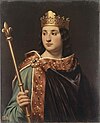 |
Louis V | 8 June 986 | 22 May 987 | • Son of Lothair | King of the Franks |
House of Capet (987–1328)
The main line of descent from Hugh Capet is known as the House of Capet. That line became extinct in 1328, creating a succession crisis known as the Hundred Years War. While there were numerous claimants to succeed, the two best claimants were the House of Valois and the House of Plantagenet and then later the House of Lancaster.
| Portrait | Coat of arms | Name | King from | King until | Relationship with predecessor(s) | Title |
|---|---|---|---|---|---|---|
 |
Hugh Capet | 3 July 987 | 24 October 996 | • Grandson of Robert I | King of the Franks (Roi des Francs) |
|
 |
Robert II the Pious, the Wise | 24 October 996 | 20 July 1031 | • Son of Hugh Capet | ||
 |
Henry I (Henri) |
20 July 1031 | 4 August 1060 | • Son of Robert II | ||
 |
Philip I the Amorous (Philippe) |
4 August 1060 | 29 July 1108 | • Son of Henry I | ||
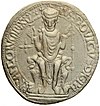 |
Louis VI the Fat | 29 July 1108 | 1 August 1137 | • Son of Philip I | ||
 |
Louis VII the Young | 1 August 1137 | 18 September 1180 | • Son of Louis VI | ||
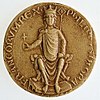 |
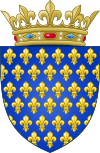 |
Philip II Augustus (Philippe Auguste) |
18 September 1180 | 14 July 1223 | • Son of Louis VII | King of the Franks (Roi des Francs) King of France (Roi de France) |
 |
 |
Louis VIII the Lion | 14 July 1223 | 8 November 1226 | • Son of Philip II Augustus | King of France (Roi de France) |
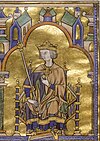 |
 |
Louis IX the Saint (Saint Louis) |
8 November 1226 | 25 August 1270 | • Son of Louis VIII | |
 |
 |
Philip III the Bold (Philippe) |
25 August 1270 | 5 October 1285 | • Son of Louis IX | |
 |
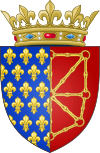 |
Philip IV the Fair, the Iron King (Philippe) |
5 October 1285 | 29 November 1314 | • Son of Philip III | King of France and of Navarre (Roi de France et de Navarre) |
 |
 |
Louis X the Quarreller | 29 November 1314 | 5 June 1316 | • Son of Philip IV | |
 |
 |
John I the Posthumous (Jean) |
15 November 1316 | 20 November 1316 | • Son of Louis X | |
 |
 |
Philip V the Tall (Philippe) |
20 November 1316 | 3 January 1322 | • Son of Philip IV • Younger brother of Louis X |
|
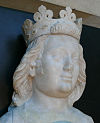 |
 |
Charles IV the Fair | 3 January 1322 | 1 February 1328 | • Son of Philip IV • Younger brother of Louis X and Philip V |
House of Valois (1328–1589)
| Portrait | Coat of arms | Name | King from | King until | Relationship with predecessor(s) | Title |
|---|---|---|---|---|---|---|
 |
 |
Philip VI the Fortunate (Philippe) |
1 April 1328 | 22 August 1350 | • Grandson of Philip III of France | King of France (Roi de France) |
 |
 |
John II the Good (Jean) |
22 August 1350 | 8 April 1364 | • Son of Philip VI | King of France (Roi de France) |
 |
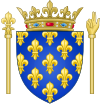 |
Charles V the Wise | 8 April 1364 | 16 September 1380 | • Son of John II | King of France (Roi de France) |
 |
 |
Charles VI the Beloved, the Mad | 16 September 1380 | 21 October 1422 | • Son of Charles V | King of France (Roi de France) |
House of Lancaster (1422–1453)
From 1340 to 1360 and from 1369 to 1801 the Kings of England and Great Britain claimed the title of King of France. Under the terms of the 1420 Treaty of Troyes, Charles VI had recognized his son-in-law Henry V of England as regent and heir. Henry V predeceased Charles VI and so Henry V's son, Henry VI, succeeded his grandfather Charles VI as King of France. Most of Northern France was under English control until 1435 but by 1453 the English had been expelled from all of France save Calais and the Channel Islands. Calais itself fell in 1558. Nevertheless, English and then British monarchs continued to claim the title for themselves until the creation of the United Kingdom in 1801.
| Portrait | Coat of arms | Name | King from | King until | Claim | Title |
|---|---|---|---|---|---|---|
 |
 |
Henry VI of England (Henri VI d'Angleterre) |
21 October 1422 | 19 October 1453 | By right of his father Henry V of England, who by conquest forced the French to sign the Treaty of Troyes became heir and regent of France. Grandson of Charles VI of France. | King of France (Roi de France) |
House of Valois (1328–1589) ...

